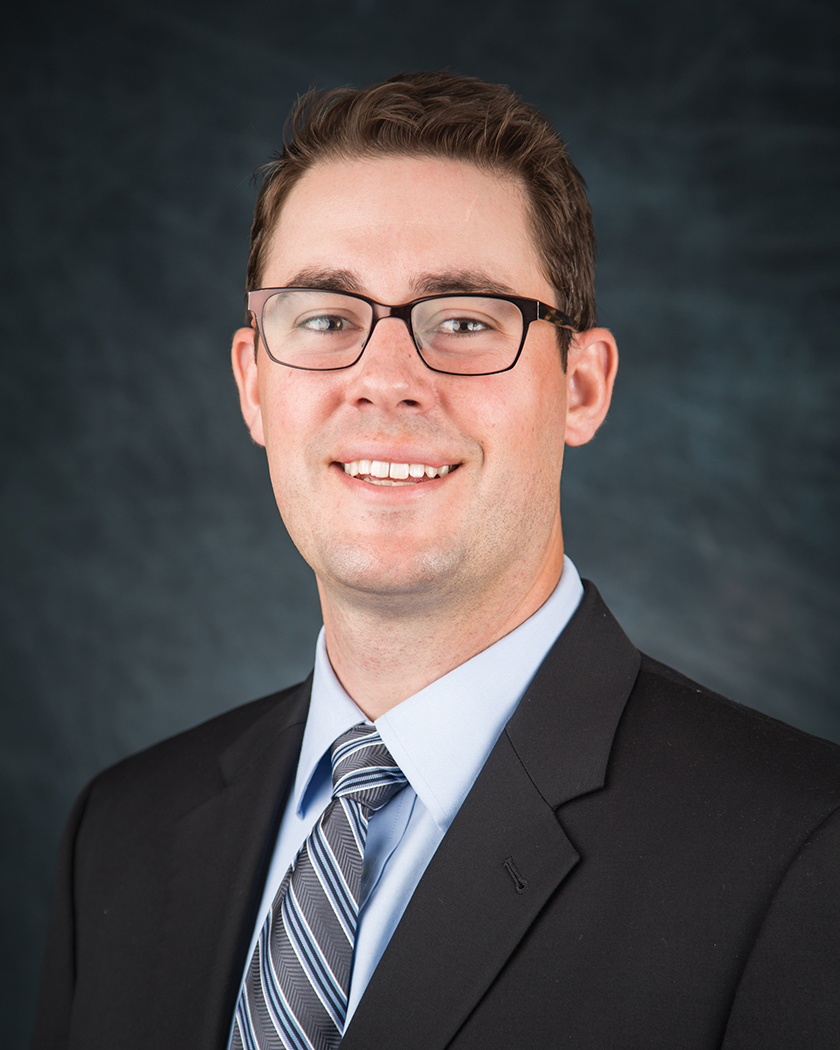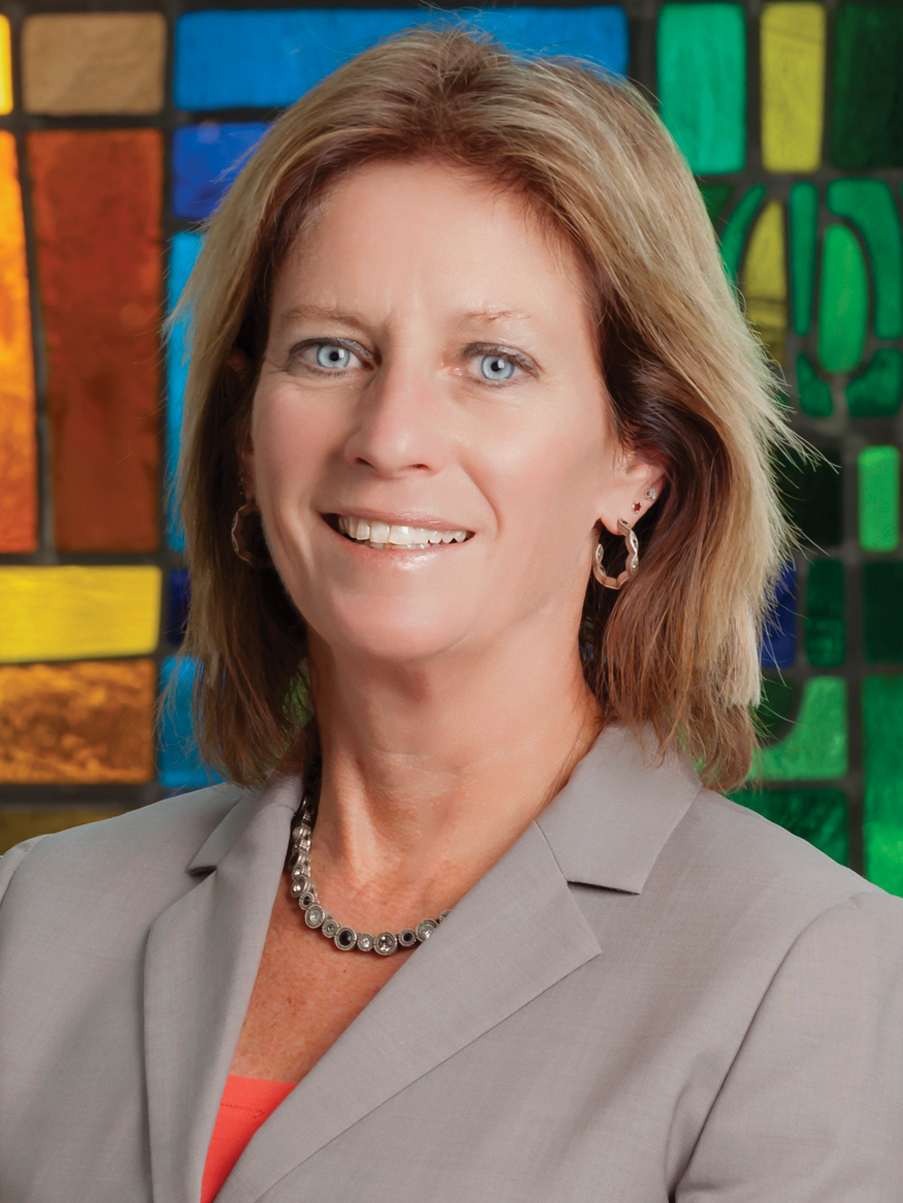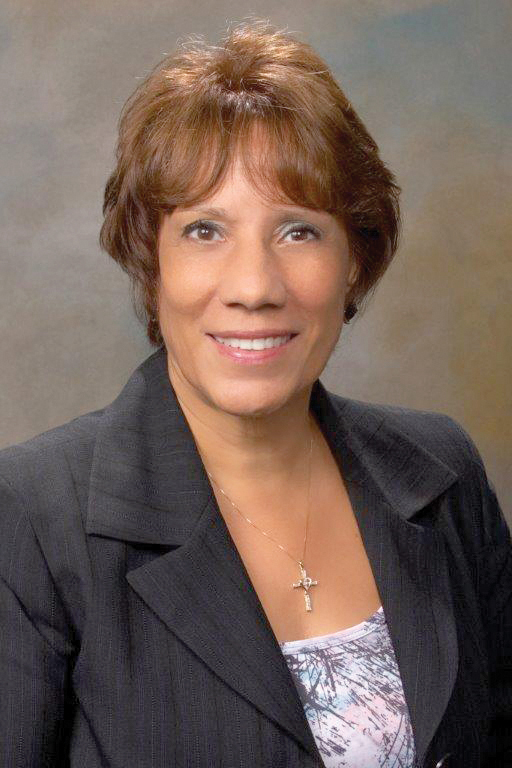The right product in the right place at the right time.
Nowhere is this well-known supply chain adage more critical than in the operating room. A 2018 study published in JAMA estimates each minute in the OR costs $37, so delays due to missing supplies are costly. Delays can also impact outcomes, especially if a patient is already under anesthesia. Multiple studies have found a link between prolonged duration of anesthesia with higher odds of complications and increased length of stay.
Understandably, clinicians want to ensure they have the appropriate items exactly when and where they need them to avoid delays and the complications that could follow. It’s why they sometimes over-order supplies and place them throughout the OR so they’re always within reach. When you consider the short shelf life of many products, and the fact that OR supplies are responsible for approximately 40–45% of a facility’s supply cost, it becomes clear just how costly and potentially wasteful a strategy like that can be.

“Scrub techs and nurses often want to own the purchasing process to prevent being in a position where a vital surgical item was missing at precisely the wrong time,” says Drew Preslar, MBA, assistant vice president of HealthTrust’s inSight Advisory Services. “But the goal should be to implement sustainable and repeatable processes so there isn’t that single point of failure.”
Streamlining to Reduce Waste
Last spring, leaders at South Bend, Indiana-based Beacon Health System reached out to Preslar’s team for help after discovering that its main OR at Elkhart General Hospital was in the system’s 95th percentile in supply expense.

A three-day assessment by HealthTrust’s inSight Advisory Services–Supply Chain resulted in a number of opportunities to address the issues. “It was clear that we had a lot of work to do,” says Keely Paston, RN, BSN, MBA, executive director for cardiovascular and surgical services at Elkhart. “We didn’t have the right people touching supplies. Without dedicated point people serving as the gatekeepers for supply management and vendor control, it was impossible to control costs.”
The supplies were divided between two main supply rooms and a handful of other locations, so the inSight team’s first recommendation was to reorganize and streamline the supplies. “We had duplications everywhere, which meant a lot of outdated products,” Paston explains.
Now surgical supplies are stored in unique stocking locations, making them easier to locate and manage.
To ensure supplies didn’t filter into other locations, HealthTrust also recommended assigning materials management duties to specific employees, which required a restructuring of the entire cardiovascular and surgical service lines.
Putting the Right Team in Place
After a six-month implementation of recommendations from inSight Advisory Services, Elkhart General Hospital’s main OR is now made up of a department of surgical support services led by a manager whose direct reports include three material analysts, a clinical informatics nurse, an anesthesia tech, and a dedicated supply manager for the cardiac cath lab and cardiac OR. This team serves as custodians for all supplies coming into the OR. Beacon Health System also hired a director for sourcing, contracting and purchasing, who leads the value analysis committee, which meets monthly to vet new products. Monthly, the surgical support services team identifies expiring products and follows an eight-step disposal process.
“It is so important to have the right structure in place with defined roles and responsibilities related to inventory management,” Paston notes. “But it took us a while to get there. It can be a challenge to find people who strike the right balance between understanding both the clinical and material implications.”
With the right team in place, Paston turned her attention to consigned items, which HealthTrust identified as another opportunity for cost savings. “Suppliers were bringing in and storing what they wanted, even when things weren’t on contract,” she says. “HealthTrust opened our eyes to the critical need of having a point person monitor those off-contract activities so we can have better control over the process.”
Implementation of these initiatives is ongoing, but the system has already seen improvements in supply management. Supply expense per unit and per staff are decreasing, and the amount of wasted items are being reduced. Paston expects an upcoming initiative around physician preference cards to improve supply expense metrics even more.
Getting a Handle on Physician Preferences

Before becoming an assistant vice president of surgical and specialty services for HealthTrust, Pat Magnant, MHA, MT ASCP, worked in HCA Healthcare’s West Florida Division, fine-tuning a physician preference card process. Now she is helping to implement this process with other HealthTrust members nationwide. After every surgical case, a designated clinician charts the appropriateness of supplies used by marking one of two boxes—changes or no changes—on a physician preference card. The card then goes to the internal clinical control department, where the clinical coordinator reviews it to determine if it’s a one-time change or if it should be noted on all cards going forward. Since 2016, when the program began, participating hospitals performed 233,164 cases; 28,500 resulted in a preference card change.
The process may seem simple and straightforward, but Magnant says it has a big impact on supply expense management. Clean preference card data is important to make sure the supplies used were the correct ones. That information then filters down to supply chain, where patient charges reflect what was actually used. It also leads to a reduction in supply waste, as accurate cards ensure the correct supplies are in the room.
“Verifying preference cards guarantees you have everything needed for the case, but you’re actually ensuring so much more,” Magnant explains. “Patients will receive the care they need and be charged appropriately, physicians are satisfied, and the clinical staff are able to focus on care delivery.”
However, the new preference program doesn’t mean every requested change is honored. If that happened, supply expense in the OR would be inefficient in other ways. Instead, Magnant adds, part of the process involves working with physicians and clinical resource directors to set their preferences as well as altering the timing of some of those changes, while still remaining flexible.
“We never say everyone has to conform to a standard product,” she says. “We understand there are plenty of exceptions.”
Magnant says the door is never closed with a physician, even if they rejected a request to standardize in the past. “You never know when you’re going to be able to convert a doctor,” she says. “Maybe you won’t be able to convince him to standardize with one category, but he may be open to standardizing in another. It takes constant relationship building and negotiating.”
Reining in Custom Packs
Another area of focus for perioperative, OR and supply chain leaders to cut OR costs and waste is with custom surgical packs. The problem? Any time a system requests a customized pack versus a distributor’s standard pack, there’s an upcharge. Prior to its standardization program last year, West Orange, New Jersey-based RWJBarnabas Health had 79 custom packs, which represented significant cost.

When the system looked into standardizing custom packs at its acute care hospitals, it found an opportunity for savings—standardizing custom packs in 11 categories carried a projected cost savings of $300,000. Vaginal delivery, which had eight custom packs prior to the standardization project, represented the biggest savings ($80,000), followed by cystoscopy ($50,000) and total knee replacement surgery ($33,000). Cardiac and spine were the only categories they did not address since those surgeons have certain needs, explains Gina Gillet, BSN, RN, CNOR, clinical resource director at Monmouth Medical Center, Southern Campus, part of RWJBarnabas Health.
“We tried to follow the 80/20 rule,” she adds. “If 80 percent of the physicians used an item, it would go into the pack.” But once the standardized packs were in use, Gillet noticed her facility still experienced a lot of waste as well as the need for additional items in two particular categories—total hip and total knee replacement.
“When we discovered that, we reverted back to the original packs and designed custom packs in those categories just for Monmouth,” she says. Even though they’re single-facility packs, they represented a cost savings of $54,000 over standardized packs.
The standardization process to create custom packs that would satisfy the needs of most required substantial collaboration and took about a year to complete. “We were constantly engaging service line leaders, RNs and surgical techs who had a lot of experience with these types of cases,” Gillet explains. “We knew their input would be important since they’re the ones who would be using the custom packs. We wanted these new packs to satisfy everyone—physicians, clinicians and materials managers.”
Share Email Q3 2019, Surgery





